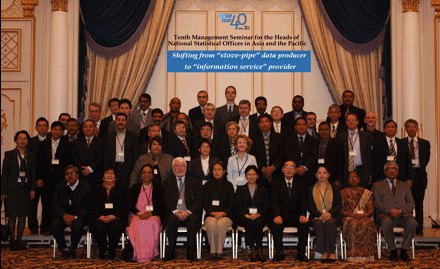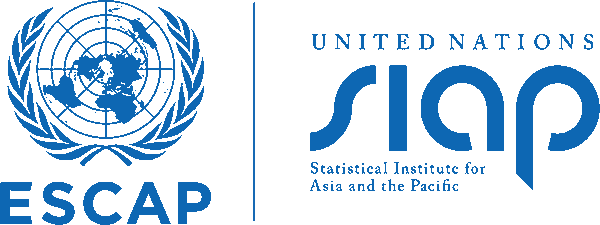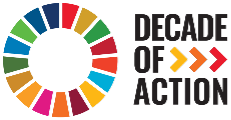Topic: Shifting from “stove-pipe” data producer to “information service” provider
7 - 8 December 2011, Chiba, Japan
Objectives
- To bring together the heads of NSOs in the ESCAP region to review global and regional initiatives and share experiences in responding to the needs for modernization of statistical information systems;
- To enhance skills and knowledge of participants regarding the relevant concepts and tools;
- To determine common challenges and discuss and agree on regional approaches required to address the challenges.

Seminar Report (pdf)
| Session 1 Modernization of statistical information system:Review of global and regional initiatives |
|---|
| Presentation: Outcome of Expert Group Meeting (EGM), “Opportunities and advantages of enhanced collaboration on statistical information management in Asia and the Pacific”, Bangkok 20-22 June 2011 | pdf |
| Session 2 – Modelling Statistical Business Process: New concepts and recent experiences |
|---|
| Presentation: “Generic Statistical Business Process Model (GSBPM) and its contribution to modelling business processes – Experiences from the Australian Bureau of Statistics (ABS)”: | pdf |
| Session 3 – Meeting new expectations of users: integrated statistical products |
|---|
| Presentation: “Official statistics as an integrated system of surveys and accounts - Experiences from Statistics Norway” | pdf
pdf |
| Presentation: ”A New Framework for Development of Japanese Official Statistics” | pdf |
| Presentation: Promotion of the 59th World Statistics Congress of International Statistical Institute (ISI) | |
| Presentation on International Statistical Institute (ISI) | pdf |
| Session 4 – Meeting evolving needs of data users: microdata dissemination |
|---|
| Presentation: “Creating the right environment to support safe access to microdata” | pdf |
| References | pdf |
| Presentation:”Microdata Dissemination – National Statistics Office Philippines” | pdf |
| Presentation:“National Data Archiving System” | pdf |
| Session 5 – Conclusions and closing |
|---|
| Report on impacts of the previous nine Management Seminars by SIAP | pdf |


